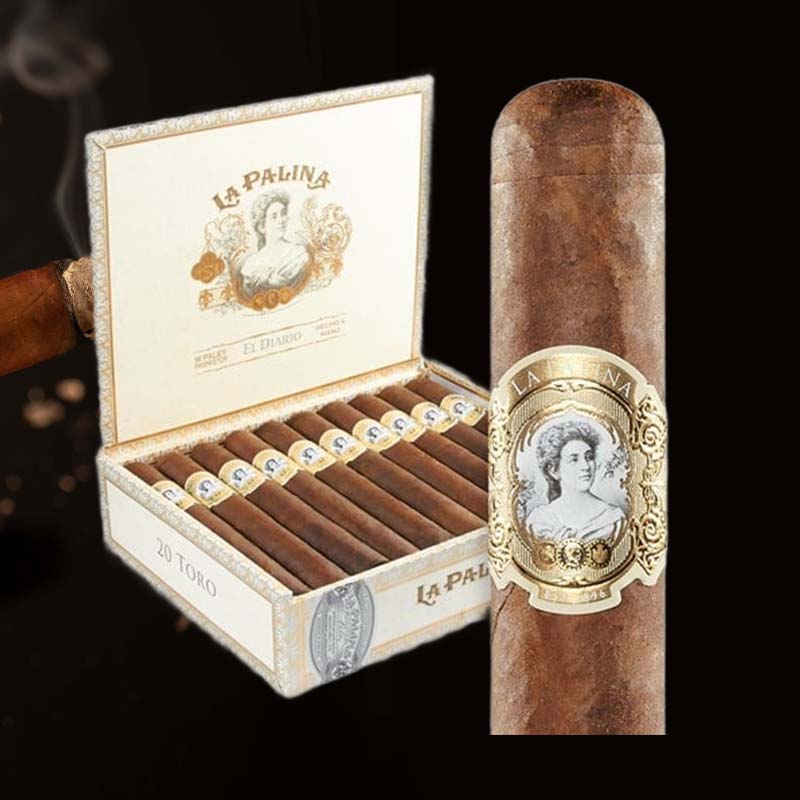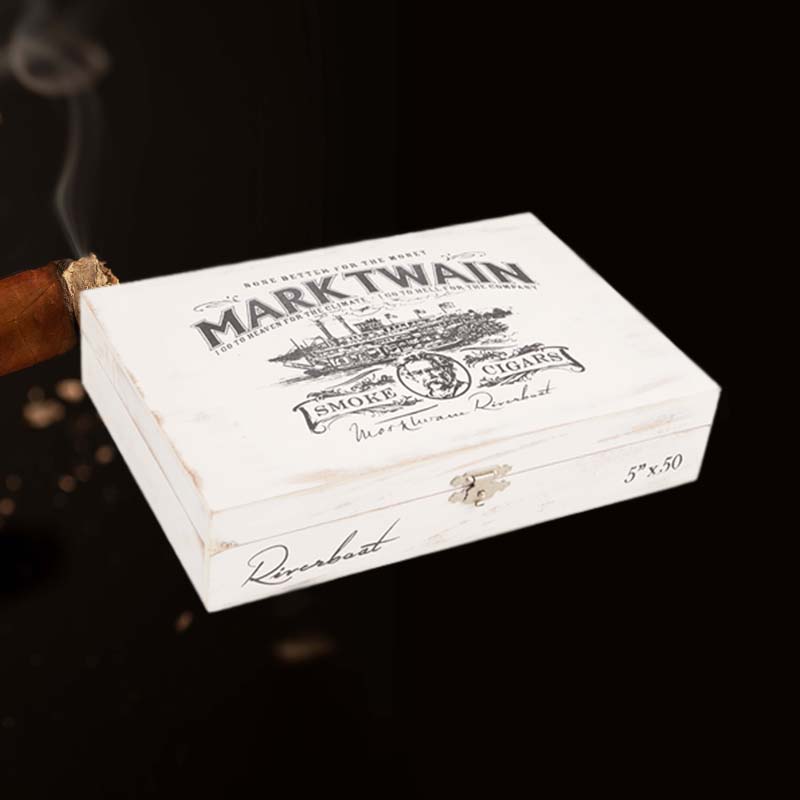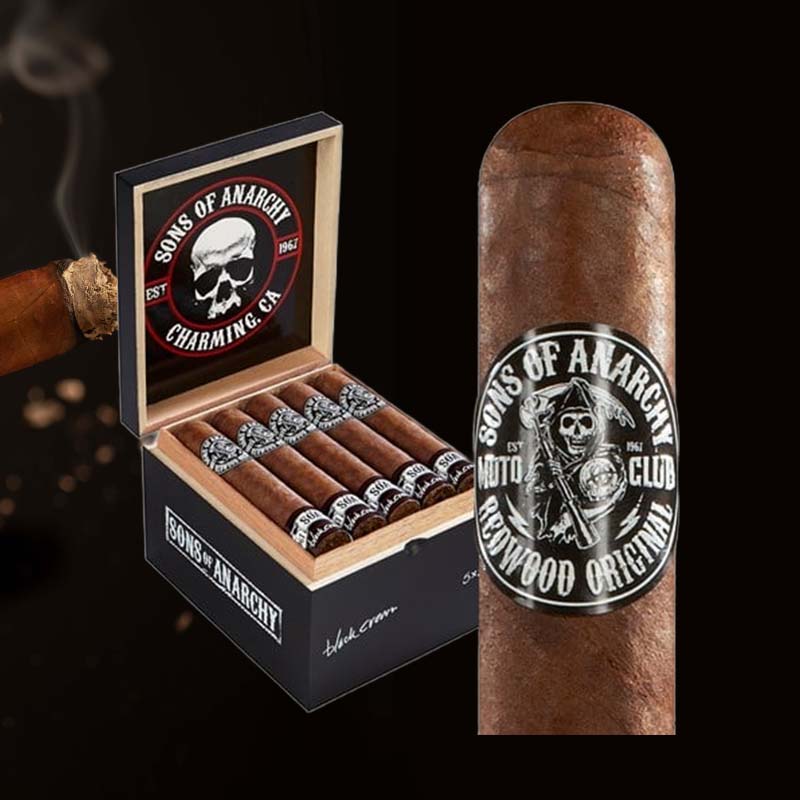How to refill torch lighter
There’s something undeniably satisfying about flipping open a torch lighter and watching that flame burst to life. It’s an essential tool for both cigar enthusiasts and general use, bringing an element of enjoyment and functionality to our daily lives. However, it can be frustrating when that flame begins to flicker low or sputters out completely. That was the moment when I realized I needed to learn how to refill my torch lighter effectively. If you’re in the same boat, let me guide you through the steps, tips, and precautions that can breathe new life into your favorite lighter!
Things You Should Know
Importance of Using Butane
When it comes to refillable torch lighters, using butane is crucial. I learned firsthand that butane burns cleaner and hotter than other lighter fluids, providing a more efficient and reliable flame. This is especially important for those of us who appreciate fine cigars. Butane ensures that the flavor of the cigar remains untainted, allowing for the purest smoking experience.
Things You’ll Need
Required Tools and Materials
- Butane fuel specifically designed for lighters
- Clean cloth or paper towel
- Adjustable desk or work surface
- Screwdriver (if applicable for your lighter)
Steps to Refill Your Torch Lighter
Step 1: Prepare Your Work Area
Before diving in, I like to make sure my work area is clean and free from flammable materials. A tabletop with good lighting works perfectly for this task, allowing me to see all the fine details.
Step 2: Allow the Lighter to Cool
It’s essential to let the lighter cool down if you’ve just used it. I usually wait about 15 minutes to avoid any accidents while handling it.
Step 3: Adjust the Flame Settings
Look for a flame adjustment screw (if applicable). Adjusting it to the lowest setting ensures that you won’t accidentally release too much gas during refilling. It’s a step I never skip!
Step 4: Purging the Lighter
Next, I purge the old gas—this is vital to ensure a clean refill. I hold the lighter upside down and insert a small tool (a screwdriver or similar item) into the purging valve, gently pushing down to release the remaining gas. This is an important step, as it helps avoid mixing old gas with new butane.
Step 5: Injecting the Butane
Now comes the exciting part! Holding the butane canister upside down, I align it with the valve and press down firmly. I usually do this for about 5-10 seconds, watching for the slight sound of the gas filling the lighter.
Step 6: Resting the Lighter
After refilling, I let the lighter sit for about a minute to allow any excess gas to dissipate. This is a critical time; it helps avoid any flare-ups during testing.
Step 7: Testing the Lighter
Now it’s time to ignite! I carefully flick open the lighter and press the ignition button. It’s always a joy to see that fresh flame spring to life, and I usually feel a small rush of triumph.
Step 8: Adjusting the Flame Height
If needed, I can adjust the flame height according to my preference using the same adjustment screw I mentioned earlier. It’s all about finding that perfect flame that suits your style.
Expert Q&A
Common Queries on Refilling Torch Lighters
I’ve often wondered about the differences in butane fuels and how they affect performance. It turns out that high-quality butane burns cleaner with fewer impurities, making it preferable for maintaining your lighter’s longevity and efficiency.
Tips for Successful Refilling
Ensuring Long-Lasting Efficiency
To ensure your lighter remains in top shape, I recommend only using high-purity butane. This small change makes a big difference in the overall performance and can save you from potential lighter headaches down the line.
Warnings and Safety Considerations
Handling Butane Safely
Always handle butane in a well-ventilated area and away from open flames. I make it a point to read the safety instructions on the canister, as being informed helps prevent hazardous situations.
Troubleshooting: Torch Lighter Not Working?
Identifying Common Issues
If your lighter isn’t igniting after refill, it could be due to a few reasons: inadequate gas filling, blockage in the ignition system, or even old fuel residue. I always check these common issues before panicking.
Video Guide
Visual Tutorial for Refilling a Torch Lighter
For those who learn better visually, I recommend checking out a video guide. Seeing each step can provide clarity and boost your confidence as you tackle the refilling process.
Reader Success Stories
Feedback and Tips from Other Users
I’ve connected with fellow enthusiasts who share their tricks, like always keeping a butane spare on hand or using a funnel for precise refilling. It’s empowering to see how community sharing leads to smoother processes!
You Might Also Like
Related Articles on Lighters and Refilling Techniques
Check out other articles that dive deeper into lighters and their specific functionalities, additional refilling techniques, or even which lighters work best for particular occasions!
FAQ
How to fill up a torch lighter?
To fill up a torch lighter, I first ensure it’s empty, adjust the flame setting, purge any remaining gas, then fill it with butane. Always let it rest before testing!
How do you refill a portable torch?
Refilling a portable torch involves similar steps—purchasing butane fuel, purging old gas, and refilling before testing the ignition. It’s a satisfying process!
What kind of fluid goes in a torch lighter?
The best fluid for torch lighters is high-purity butane. This ensures optimal performance and a clean burning experience.
How do I refill my candle lighter?
Refilling a candle lighter entails using butane, purging the old fuel, and refilling through the designated valve, ensuring to check for proper functionality afterward.















